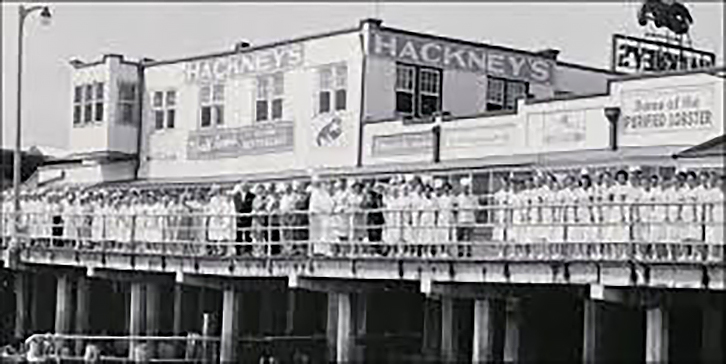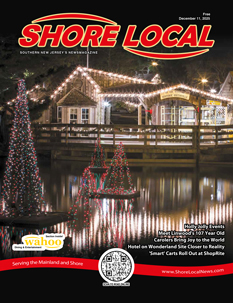Not a lot is known about Atlantic City’s Abe’s Oyster House, which is curious and unfortunate. Some newspaper reports claim that Abe’s opened in 1923, although promo materials including matchbooks and menus that are still around, say that it actually opened in 1897. What we do know is that it was located at 2031 Atlantic Ave., right down the block from the still-standing, and very successful Dock’s Oyster House at 2405 Atlantic Ave.
It was, as I recall, more family-oriented and somewhat cheaper than Dock’s.
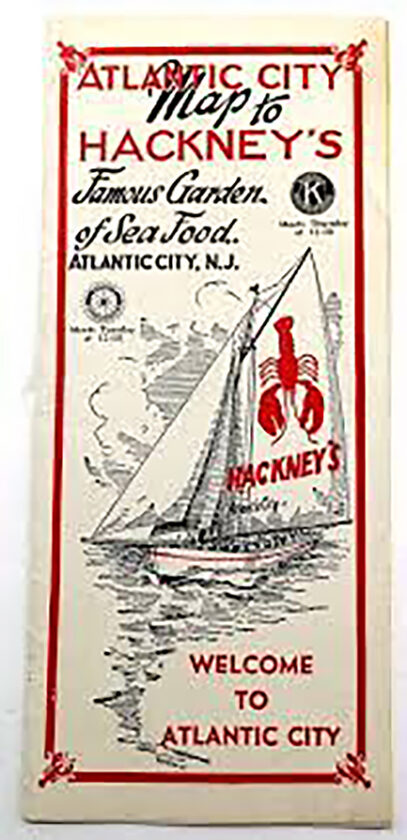
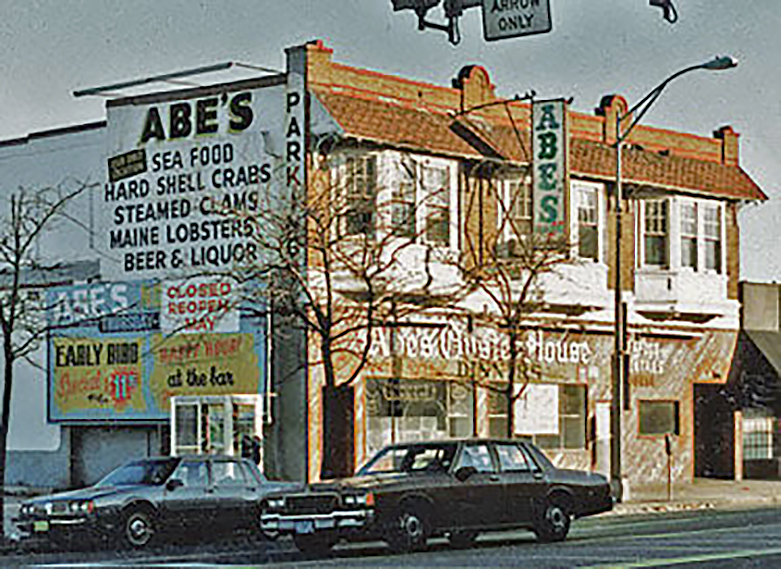

“With a long, narrow, white dining space lined by wooden benches, it afforded casual, inexpensive meals,” according to a description written in the early 1970s.
Historically, it was said to be the city’s first crab house, and it was open only during the season. Long lines were the norm on weekends, and they did a healthy convention business as well. An early 1960s newspaper ad read, “Welcome Commissioners and Telephone Pioneers of America.”
Abe’s was a darn good place to eat, and it hung on for a long time, despite competition from another seafood house just blocks away. Interestingly, no news stories could be found that reported on Abe’s closing, though those who frequented the restaurant say that it hung on until the early 1990s.
Hackney’s
It’s hard to imagine a seafood restaurant that seated more than 3,000 customers actually existed in the Inlet section of Atlantic City. Unlike Abe’s, Hackney’s is well-remembered, perhaps not so much for the food – though it was very good – but for the spectacle of a 3,200-seat restaurant known as, according to just one of its catchy slogans, “The Famous Garden of Seafood.” It also happened to be, for its time, the world’s largest seafood restaurant.
Harry Hackney, born in 1871, was something of a visionary and risk-taker. His restaurant started out as a clam shack at the Inlet circa 1912. The very idea of a seafood restaurant at that location – Maine Avenue and the Boardwalk, to be exact – was so novel and did so much business that by 1929 its capacity grew to 3,200. During the season, hungry diners probably could have filled a venue twice that size.
As a result of his success in Atlantic City in the 1920s, Harry Hackney opened a large branch at 500 Ocean Blvd. in Miami Beach, Fla., which eventually moved to Alston Road and finally to Biscayne Boulevard in North Miami. When this restaurant closed is not known.
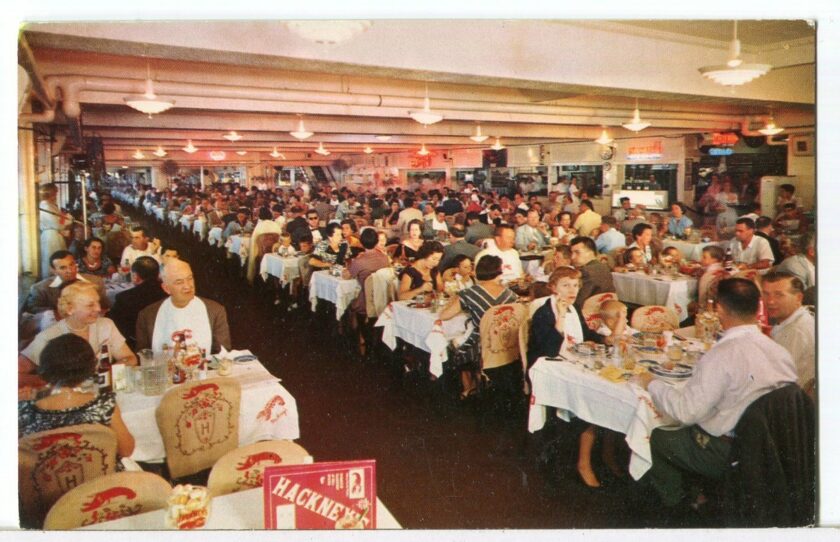
Harry Hackney believed in advertising. He put the Hackney image of a lobster on almost everything related to the restaurant, including plates, cocktail glasses, swizzle sticks, sugar packs, pocket protectors, ashtrays, delivery trucks, a sailing yacht and much more. Hackney’s matchbooks not only had the lobster image on them; Harry Hackney had his ad people put messages on the actual matches as well.
Though the menu was extensive, lobster was the specialty, offered in every variety a diner could think of, including fried lobster, rock lobster tails, a special baby lobster platter, Icelandic baby lobster tails, lobster thermidor, a lobster cutlet – whatever that was – lobster salad, lobster cocktail, lobster Newberg, and, of course, Hackney’s famous $5 lobster platter. Who could ask for anything more?
Hackney’s was rebuilt after the hurricane in 1944 and the March nor’easter of 1962, but a fire in 1963 did much more damage to the restaurant than the storms did.
Sadly, history has shown that Atlantic City began its sad and slow decline after the disastrous 1964 Democratic Convention was held in the city. The restaurant was closed until 1965. When rebuilt, it was downsized to around 1,500 seats, but the city’s decline, combined with the fact that the Inlet was having a difficult time coming back after the 1962 storm, began to hurt Hackney’s business in a big way.
It kept on under new owners after the Hackney family sold it around 1975. It lasted, with considerable difficulty, until the early 1980s. Reports differ about the restaurant’s final days. A detailed post on the Real Brigantine Facebook page states that, while the new owners closed it in the early 1980s, they held on to the property until 1993, when they sold it again. In 1994, the new owners announced plans for a $2 million renovation/rebuilding that would downsize the venue again, this time to around a 750-seat capacity.
Nothing ever came of it, according to Real Brigantine.
“The restaurant sat empty beside the Boardwalk for years, with tables neatly lined up and covered, looking like it could open again with the simple turn of a key. But Hackney’s never served another meal. The rusted-out steel frame was there for quite some time until it was finally torn down in the late 1990s.
It was a sad ending for a certifiable landmark.





